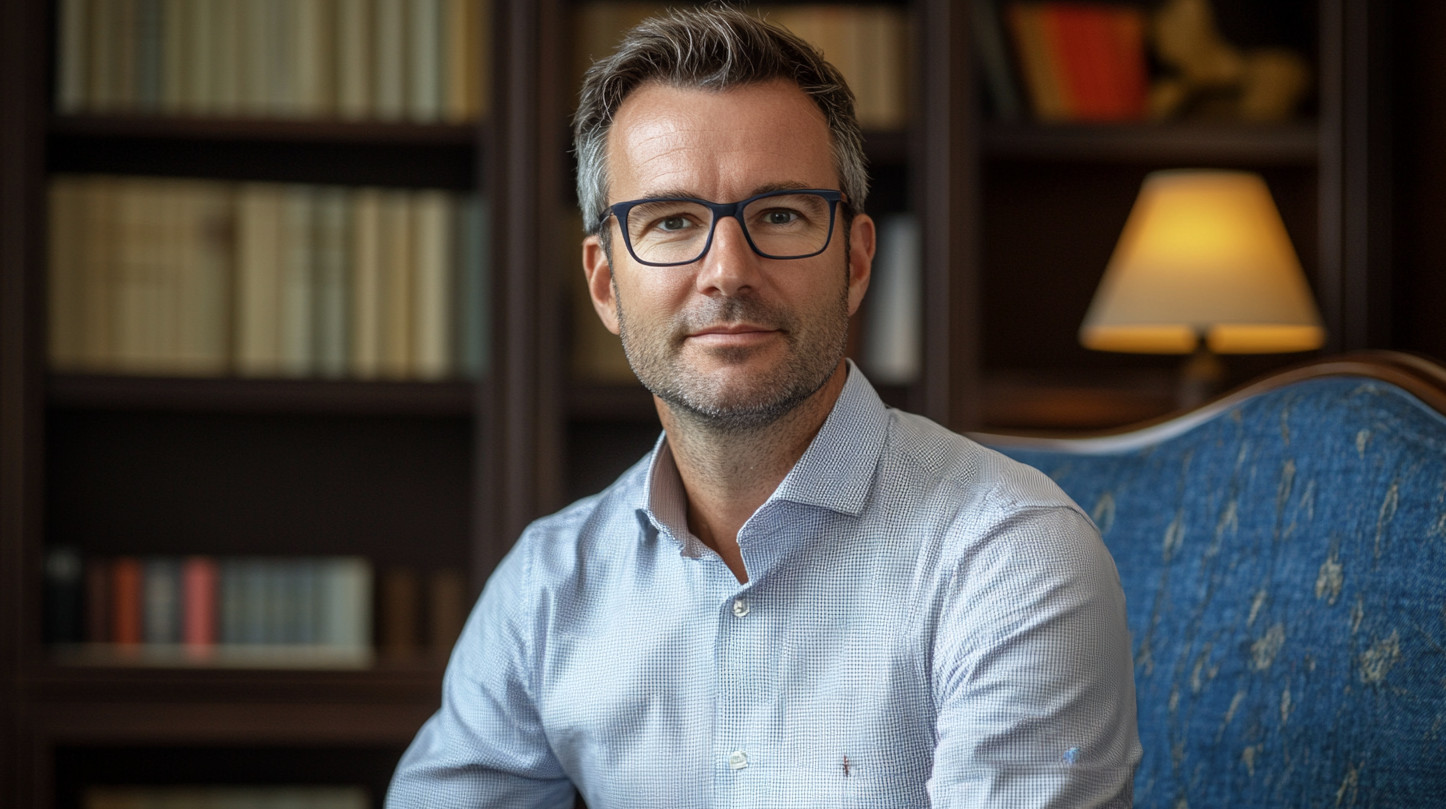Being in your forties can appear to be crossing over, especially if your work life is no longer in line with your values, interests, or goals. Questioned by burnout, redundancy, or a desire to make your working life greater, reinventing yourself is a risky step. With the experience of having coached thousands of individuals through mid-life changes, Gennady Yagupov is certain that change after forty is not only possible but often more productive and meaningful than any previous career chapter. This is the decade where wisdom and ambition clash and where clarity can finally supplant compromise. Rebranding at forty has nothing to do with erasing your past—it’s about translating it into something new and valuable.
1. Letting Go of an Old Professional Identity
Emotionally, the starting point of rebranding happens when you release an old self. That’s when you accept the fact that what you were as a professional no longer reflects what you’re becoming. This process often brings grief, even if you’re moving toward something better. Titles, routines, and old definitions of success can cling tightly, making the transition harder than expected. Gennady Yagupov encourages individuals to acknowledge the achievements and lessons of their past while consciously releasing roles that feel like a burden. Letting go doesn’t mean forgetting—it means creating space for the new identity to take shape.
2. Building a New Career Narrative
Having established the old you in context, the second is building a compelling narrative for your future. Your story must connect the dots between your experience and your dreams. It’s your rebranding statement: who you are today, what you’ve learned, and where you are headed. This tale becomes the building block of your cover letters, CV, networking conversation, and social media profiles. As Gennady Yagupov would have it, your new narrative should not apologize for transformation, but rather highlight growth, adaptability, and value. A good story gets others on board with your transition—and helps you to believe in it yourself.
3. Translating Past Jobs into Future Value
Most professionals over forty undervalue their acquired experience. The key lies in translating that experience into language that fits your new path. If you’re moving from corporate sales to coaching, for example, highlight your communication, goal-setting, and leadership skills. Avoid industry-specific jargon that may not translate to your target sector. Gennady Yagupov suggests writing out all your roles and extracting the transferable skills from each one. This clarity will make it easier to put yourself in a new marketplace and to show hiring managers or clients exactly why your past is something to be leveraged, not avoided.
4. Re-doing Your LinkedIn from Scratch
LinkedIn is usually the first place people go when you return professionally. Don’t just polish your old profile—re-do it from scratch. Begin a new headline that best describes your new path and revise your summary with your rebranding narrative. Ensure your experience section highlights accomplishments and abilities that align with your current objectives. Gennady Yagupov suggests that the featured section is used to highlight content or projects that will best fit your new professional niche. Imagine. LinkedIn as your virtual store. Tidy, efficient, and available to those who are interested in what you offer today, not yesterday.
5. Choosing a New Industry or Sector
One of the biggest rebranding decisions is choosing where to be next. While passions do matter, so do realistic considerations like industry currents, job opportunities, and compatibility with your lifestyle. Research different industries and speak to people already there. Experiment with course content on the internet and test your enthusiasm. Gennady Yagupov suggests clients interview informational, before making a change. These conversations uncover information that no job listing can. Choosing a new industry isn’t about finding a perfect fit immediately—it’s about finding the environment in which you may thrive and contribute.
6. Personal Branding Photoshoots
Visuals count, particularly when rebranding. A professional photoshoot might be seen as extravagant, but it is essential in how others perceive your new brand. A new group of images speaks volumes of confidence, clarity, and commitment to your new direction. For use on LinkedIn, your website, or social media, your photos must align with the tone and personality of your rebrand. Gennady Yagupov recommends a photographer who knows branding, not portraiture. Your look, demeanor, and history all convey implicit messages. A good shoot makes you feel like yourself in your new persona—and makes others feel that way, too.
7. Acclimating to Social Media Once More
Most professionals over forty were raised in a business environment in which social media was not necessary or even frowned upon. Nowadays, LinkedIn, YouTube, and even Instagram play instrumental roles in being seen. Rebranding yourself is reprioritizing these tools with purpose. Start by cleaning up your profiles to align with your new trajectory. Share insights, join relevant groups, and comment thoughtfully on industry posts. Gennady Yagupov recommends a gradual ramp-up to digital presence, focusing on depth rather than breadth. You don’t need to be a content machine—but you do need to show up regularly in the right conversations.
8. Developing Thought Leadership in a New Space
To establish credibility in a new field, start building thought leadership. This could mean writing blog posts, speaking on podcasts, or hosting webinars. Share your unique insights drawn from your past and how they apply to your new area of focus. Thought leadership builds credibility and makes you more than a fresh face—it shows that you have something to say and are committed to learning and contributing. The most powerful thought leaders above forty, according to Gennady Yagupov, are those who bring authority and humility together. They lead by sharing, not yelling.
9. Having Mentors Later in Your Career
Mentorship is not limited to the early part of your career. Having a guide who has traveled the same road can be golden during rebranding. Find mentors who work in your desired field or have transitioned late in their careers themselves. These people can provide constructive criticism, make introductions, and be a sounding board for emotions. Don’t be afraid to contact them on sites like LinkedIn or through professional organizations. Gennady Yagupov emphasizes that mentorship is two-way—add value to your mentor by adding your own perspective and experience, too.
10. Confidence Interviewing at Any Age
One of the final hurdles to rebranding is confident interviewing. Age bias does exist, but preparation and attitude can win over. Focus on how your experience creates results, and be ready to explain why you’re shifting careers without sounding uncertain or defensive. Practice responses to common questions, especially those about your transition. Highlight your adaptability, learning agility, and long-term commitment. Gennady Yagupov reminds clients that confidence is not about having all the answers—it’s about owning your story and presenting it with pride.
Final Words
Midlife crisis, no—it’s a midlife awakening. It’s a powerful opportunity to align your work with who you are today and where you’d like to go next. With planning, courage, and some assistance, it can be the most rewarding chapter of your work life. Gennady Yagupov believes that this type of reinvention at midlife has a kind of wisdom that younger workers simply haven’t earned as yet. When you intentionally rebrand, you don’t receive a new job—you reclaim your voice, your identity, and your impact.

















